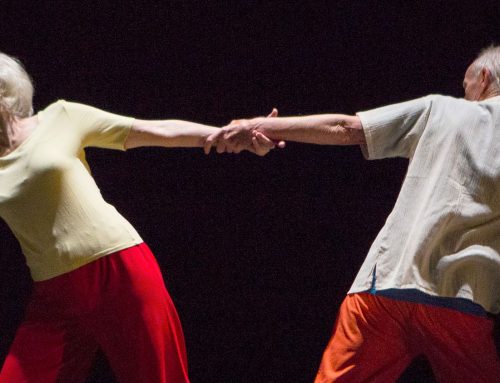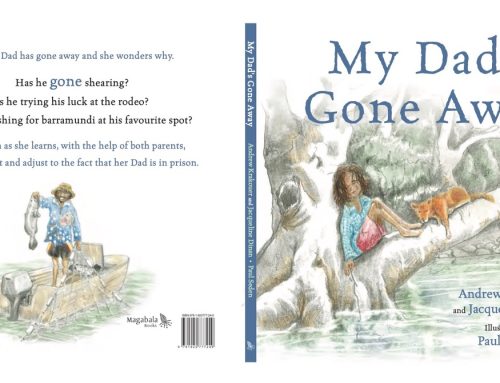Review of ‘Chapter 1: Re-Covering Scarred Bodies: Reading Photography’, from Stella Bolaki’s Book ‘Illness has Many Narratives’.
Multiplicity is at the core of Stella Bolaki’s book, ‘Illness has Many Narratives’ , and it is through this lens that the reader is encouraged to engage with the complex nature that surrounds the deeper philosophical questions of what it means to be ill. ‘Illness has Many Narratives’, seeks to create a portal that expands the current approaches to illness memoirs while proposing a new interdisciplinary view that blends art, culture, medicine and therapy, (Bolaki, 2016).
Illness narratives rest between art and medicine in their own niche that ultimately seeks to become a joining force between the two perceived polarities, (Bolaki, 2016). ‘Chapter 1: Re-Covering Scarred Bodies: Reading Photography’, sets the tone for Bolaki’s completed work as it provides a commentary on Jo Spence and Sam Taylor-Wood, who are two British photographers that have examined breast cancer through photography, (Bolaki, 2016). American activist perspectives are also added to this discussion through Audre Lorde and Diane Price Herndl’s views, who have provided critiques on mastectomy and breast reconstruction, (Bolaki, 2016).
These individuals collectively contribute to feminist interpretations of breast cancer and the relationships between artist, audience and subject within the twentieth and twenty-first centuries, (Bolaki, 2016). By exploring this chapter through the lens of Phenomenology, insight into the complex relationships between art as therapy can be witnessed.
Phenomenology provides an essential way to study the structures of consciousness that are constructed through the lived experience of breast cancer and its aftermath. “The goals of interpretive phenomenology are to enter another’s world and discover the practical wisdom, possibilities, and embodied understandings found there, (Dreyfus, 1994 as cited in Raingruber & Kent, 2003, pg, 452).” By utilising Phenomenology principles to shape and also influence medical practices as outlined by Hooker (2015) in her article ‘Understanding empathy: Why phenomenology and hermeneutics can help medical education and practice,’ changes to the relationship between individuals and illness can be altered.
Through examining the narratives outlined in ‘Chapter 1: Re-Covering Scarred Bodies: Reading Photography’, through a Phenomenology perspective, insight into how lived experience of an illness can drastically change treatment options and thus the narratives of illness itself. Jo Spence, Sam Taylor-Wood, Audre Lorde and Diane Price Herndl encourage viewers and listeners to ask questions regarding breast cancer such as what it means? How it feels? What it’s like? Which prompts greater questions surrounding why practitioners don’t ask these same questions to their patients?
Bolaki can be seen as utilizing Phenomenology principles to encourage the reader to think about “illness in and through the body” (Bolaki, 2016 pg. 34). A pertinent example of this comes from the Property of Jo Spence? As the image invites viewers to think about the relationship between silence and speech along with challenging the notion that images of breast cancer are “of a woman palpating her breast or “living with one breast” ’(Spence,1995 as cited in Bolaki, 2016 pg.30). Property of Jo Spence? involves Spence taking back her breast from the medical system through labelling it as her own. The literal marking is illustrated and photographed but the deeper figurative meaning is also conveyed.
In contrast, Herndl actively chooses to wear breast cancer in a different way that is personalised to her lived experience of the illness, (Bolaki, 2016). For Herndl, getting breast reconstruction surgery is an act of self love and she enables the use of her voice to create ownership between the covered body she showcases to the world and breast cancer itself, (Bolaki, 2016).
This is her form of activism and feminism which enables her to feel most at home within herself. These two examples draw upon the varying ways the illness is a lived experience and also how the embodiment of breast cancer is manifested by different women. For these women the lived experience of breast cancer is in stark contrast to the western medical model and the dominant discourse surrounding what are the rational sequential steps following the surgery and treatment of breast cancer.
By utilising this approach in understanding ‘Re-Covering Scarred Bodies: Reading Photography’, the verbal and visual narratives of Jo Spence, Sam Taylor-Wood, Audre Lorde and Diane Price Herndl can be witnessed through the lens of illness, emotion and embodiment. Practitioners and academics alike would benefit greatly from viewing Bolaki’s work through the lens of phenomenology, as different perspectives of illness narratives give insight to the spectrum of ways that illness is felt and perceived.






